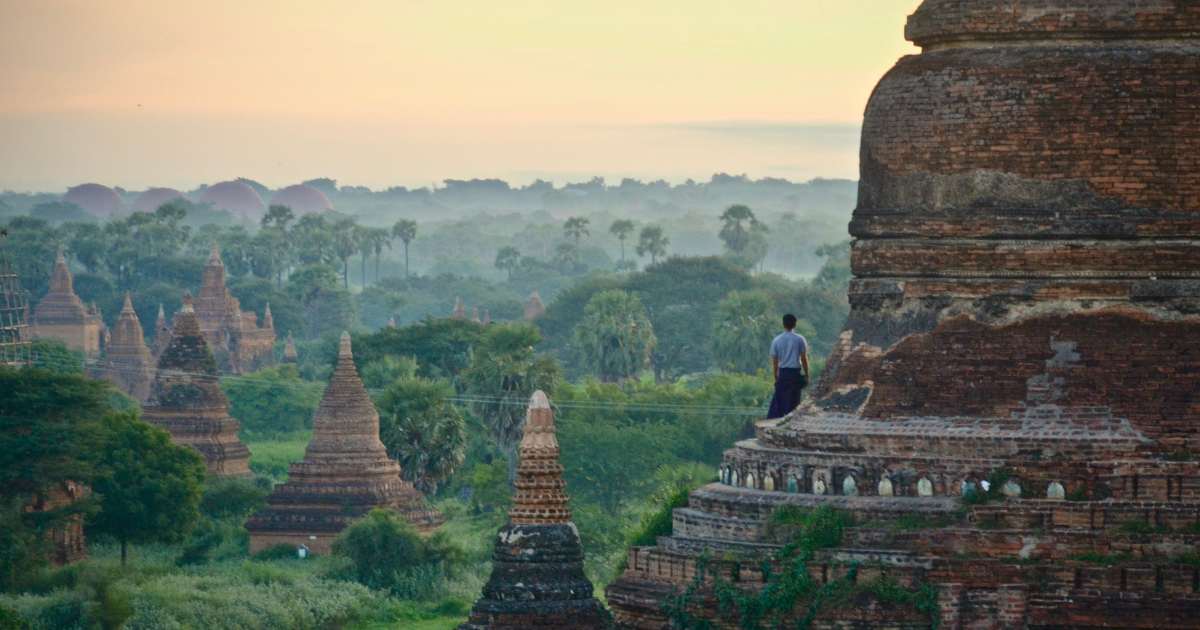When is the best time to visit Asia?
In Southeast Asia, the best time to visit is from November to April when the weather is dry and warm. South Asia, including India and Sri Lanka, is most pleasant from December to March. East Asia, such as Japan and China, is best in spring and autumn, while Central Asia and the Himalayas are perfect in summer. Northern regions have cold winters and hot summers, making May to September the best period to travel.
How to get to Asia?
The busiest international airports are in Tokyo, Bangkok, Dubai, Singapore, Beijing, Seoul, and Delhi. Major airlines like Emirates, Qatar Airways, Singapore Airlines, and Japan Airlines connect Asia with all other continents. Many major cities have direct flights to Asia.
- Major airports by region include Tokyo Haneda and Narita (Japan), Beijing Capital (China), Bangkok Suvarnabhumi (Thailand), Dubai International (UAE), and Singapore Changi.
- Direct connections exist from Europe, North America, and Australia.
- Example flight durations: London to Tokyo (12 hours), New York to Dubai (13 hours), Sydney to Singapore (8 hours).
- Asia’s ports are among the world’s busiest, connecting the continent to every ocean route.
- Key seaports include Singapore, Hong Kong, Shanghai, Colombo, and Dubai. Cruises and cargo routes frequently cross the Indian Ocean and the South China Sea.
- Asia connects to Europe through Turkey and Russia, and to the Middle East via Iran and Georgia.
- The historic Silk Road still links East and West, stretching through Uzbekistan, Iran, and China.
How to travel within Asia?
Due to long distances, air travel is the most common way to move between major cities. Low-cost carriers like AirAsia, IndiGo, and Scoot offer affordable regional flights. High-speed trains are well developed in Japan, China, and India, connecting hundreds of cities. Japan’s Shinkansen and China’s bullet trains are among the fastest and most efficient in the world.
Top destinations in Asia
Southeast Asia offers incredible destinations like Bangkok, Bali, Hanoi, and Singapore. India captivates travelers with its rich culture, the Taj Mahal, and spiritual traditions. China blends modern skylines with ancient wonders such as the Great Wall and the Forbidden City.
Japan stands out for its balance of tradition and innovation, while South Korea and Taiwan attract visitors with pop culture and cutting-edge technology. Central Asia is home to vast landscapes like the Pamir Mountains and Kazakhstan’s deserts. In the Middle East, Dubai and Doha are known for luxury and architecture. For nature lovers, Nepal and Bhutan offer stunning Himalayan views, while the Maldives and the Philippines are tropical paradises.
Accommodation across Asia
In developed regions such as Japan, Singapore, and the United Arab Emirates, hotels are modern and expensive, often starting from 100 euros per night. In Thailand, Vietnam, and Indonesia, mid-range hotels and apartments can be found for as little as 20 to 30 euros per night.
Hostels and guesthouses are popular among backpackers, while luxury resorts in Bali, the Maldives, and Thailand offer private villas with ocean views. In mountainous regions like Nepal and northern India, eco-lodges and family guesthouses are common. Capsule hotels are an interesting and affordable choice in major cities like Tokyo and Seoul.
Food and cuisine in Asia
In Southeast Asia, dishes are based on rice, noodles, seafood, and spicy sauces. Pad Thai from Thailand, Pho soup from Vietnam, and Nasi Goreng from Indonesia are among the region’s favorites. Indian food is full of spices and known for curries, naan bread, and mango lassi.
Chinese cuisine varies by region, from Peking duck to spicy Sichuan dishes. Japanese cuisine offers sushi, ramen, and tempura, while Middle Eastern food features hummus, falafel, and kebabs. On the Philippines, Adobo and Pancit are national staples. Street food is an essential part of life in Asia, offering authentic flavors at affordable prices.
Culture and people of Asia
Hundreds of languages are spoken across the continent, and the main religions include Buddhism, Hinduism, Islam, and Christianity. In Japan and China, respect, harmony, and discipline are central values. Southeast Asian societies are friendly and relaxed, while in India, festivals like Diwali and Holi celebrate color, light, and togetherness.
The Middle East combines deep-rooted traditions with rapid modernization, and Central Asian countries still preserve their nomadic heritage. Asia is home to some of the world’s oldest civilizations and architectural marvels, including Angkor Wat in Cambodia and Borobudur in Indonesia. Every country has its own rhythm, but family and community remain at the heart of life across the continent.
Geography and climate
In the north, Siberia stretches with its icy tundra, while in the south, tropical jungles cover Indonesia and Malaysia. The Himalayas, spanning Nepal, India, Bhutan, and China, are the highest mountains in the world. The deserts of the Middle East contrast with the lush rice fields of Southeast Asia, and the Pacific coastlines of
Japan and the Philippines bring endless ocean views.
The climate ranges from arctic in the north to tropical in the south. Summer temperatures in Southeast Asia often reach 35°C, while Siberia experiences extreme cold in winter. Monsoon rains play a vital role in shaping life and agriculture in countries like India, Thailand, and Vietnam. This variety makes Asia a continent where travelers can find any climate they desire, from snow to sun.
Useful travel information
- Visa: Most countries require a visa, but many offer electronic applications or visas on arrival.
- Currency: Each country has its own currency (yen, rupee, dong, baht, yuan, etc.).
- Safety: Asia is generally safe, but always be cautious in crowded areas.
- Health: Vaccinations for tropical diseases and bottled water are recommended.
- Transport: Budget airlines and extensive train networks connect nearly all regions.
- Emergency number: Most countries use 112 or 999.
- Regional organizations: ASEAN, SAARC, and the Arab League connect countries through trade and culture.




